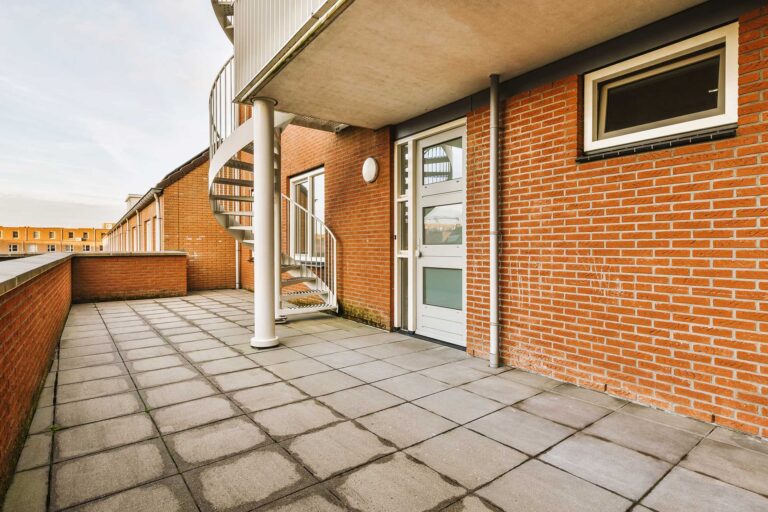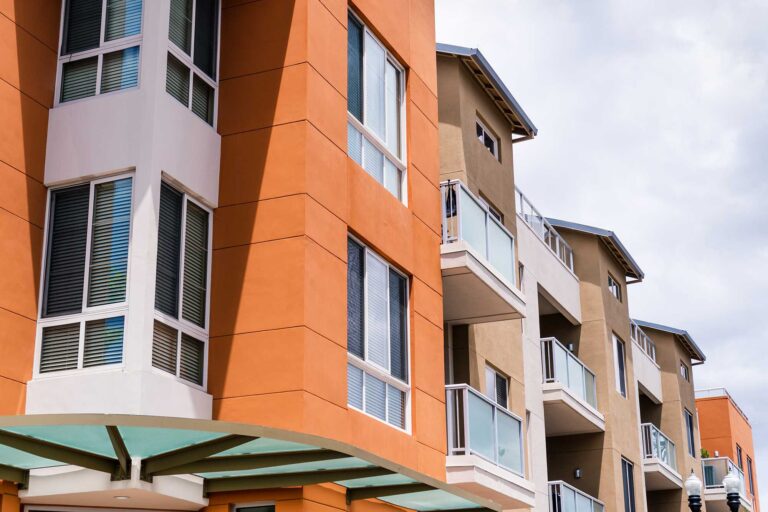The Benefits of Implementing Sustainable Building Practices
In a world where environmental awareness is no longer optional but essential, sustainable building practices are paving the way toward a greener future. Whether you’re a homeowner, developer, architect, or construction manager, integrating sustainability into your building projects offers a range of compelling benefits—environmentally, economically, and socially.
1. Reduced Environmental Impact
At the heart of sustainable building is a commitment to minimizing harm to the planet. Sustainable practices aim to reduce carbon emissions, conserve natural resources, and limit waste. This can include using energy-efficient systems, incorporating renewable energy sources like solar or wind, and sourcing materials that are recyclable, low-impact, or locally produced.
By choosing eco-friendly materials and design strategies, builders can significantly cut down on the use of non-renewable resources and decrease the overall carbon footprint of their structures.
2. Lower Operating Costs
One of the most tangible benefits of green building is cost savings over time. Sustainable buildings typically consume less energy and water, thanks to efficient HVAC systems, LED lighting, smart thermostats, and low-flow plumbing fixtures. These efficiencies result in lower utility bills and reduced maintenance costs.
While the upfront investment might be slightly higher in some cases, the return on investment through operational savings often makes up the difference—and then some.
3. Improved Health and Wellbeing
Sustainable buildings aren’t just better for the planet—they’re better for people too. Materials that are low in volatile organic compounds (VOCs), improved indoor air quality, natural lighting, and better ventilation systems all contribute to healthier indoor environments.
Occupants in green buildings often report fewer illnesses, better focus, and improved overall comfort. This is especially valuable in schools, hospitals, and workplaces, where productivity and well-being are top priorities.
4. Increased Property Value
As demand grows for environmentally responsible living and working spaces, sustainably built properties are gaining a competitive edge in the market. They often sell or lease faster, and for higher prices, than their conventional counterparts.
Green certifications like LEED, WELL, or BREEAM add credibility and appeal to prospective buyers or tenants who are looking for quality, sustainability, and long-term cost savings.
5. Regulatory Incentives and Future Readiness
Many governments and local authorities now offer incentives for sustainable construction, including tax breaks, grants, zoning allowances, or expedited permitting. Implementing these practices can help builders and developers take advantage of financial incentives while ensuring compliance with future regulations as building codes evolve to reflect environmental concerns.
Being ahead of the curve in adopting sustainable practices positions businesses as industry leaders and responsible community members.
Conclusion
Sustainable building practices are no longer a niche trend—they’re becoming the standard. With benefits that span from environmental protection and energy efficiency to cost savings and enhanced occupant health, there’s every reason to go green in your next construction or renovation project.
By building smarter today, we’re creating spaces that are not only more livable and resilient but also part of the solution for a better tomorrow.
of regular maintenance in construction
Sustainable building practices are no longer a niche trend—they’re becoming the standard. With benefits that span from environmental protection and energy efficiency to cost savings and enhanced occupant health, there’s every reason to go green in your next construction or renovation project.
By building smarter today, we’re creating spaces that are not only more livable and resilient but also part of the solution for a better tomorrow.



Would you like this tailored to a specific audience-like homeowners, architects, or commercial developers? Or need social media captions to promote it?.
Overcoming common challenges in construction project delivery
Delivering a construction project on time, within budget, and to the desired quality is no small feat. With countless moving parts and stakeholders involved, even the most well-planned projects can encounter unexpected roadblocks. However, with the right strategies and foresight, these common challenges can be successfully managed—or even avoided altogether.
Here’s a breakdown of some of the most frequent hurdles in construction project delivery and how to overcome them.
1. Scope Creep
The challenge: Scope creep occurs when project requirements expand beyond the initial plans-often without adjustments to timeframes or budgets. It can lead to confusion, delays, and strained resources.
The solution:
-
Clearly define project scope at the outset.
-
Ensure all stakeholders sign off on the scope before kickoff.
-
Use a robust change management process to evaluate and approve any additions or modifications.
2. Budget Overruns
The challenge: Staying on budget is a constant concern in construction. Unexpected costs, inaccurate estimates, or mismanaged procurement can cause significant overruns.
The solution:
-
Conduct detailed cost planning and risk assessments early on.
-
Use cost tracking tools to monitor expenses in real-time.
-
Build a contingency fund to accommodate unforeseen costs.
3. Project Delays
The challenge: Delays can result from weather issues, supply chain disruptions, labor shortages, or permit and inspection hold-ups.
The solution:
-
Develop a realistic timeline with buffers for critical path activities.
-
Maintain open communication with suppliers and subcontractors.
-
Use project scheduling software to keep everyone aligned and accountable.
4. Communication Breakdowns
The challenge: Miscommunication among project teams, contractors, and clients can derail progress and lead to costly rework.
The solution:
-
Establish clear communication protocols and regular status meetings.
-
Use centralized platforms or project management tools to keep information accessible.
-
Document decisions and updates to maintain transparency.
5. Quality Control Issues
The challenge: Failing to meet quality standards can result in rework, safety concerns, and damaged reputations.
The solution:
-
Set clear quality benchmarks from the beginning.
-
Conduct regular site inspections and third-party audits.
-
Train teams on quality expectations and proper construction practices.
6. Regulatory Compliance and Permits
The challenge: Navigating permits, inspections, and local regulations can cause delays or even legal issues if not handled correctly.
The solution:
-
Engage with regulatory authorities early in the planning phase.
-
Assign a compliance officer or manager to stay on top of local codes and permit deadlines.
-
Keep documentation organized and accessible for inspections.
7. Labor Shortages and Skill Gaps
The challenge: A lack of skilled labor can slow down progress and impact the quality of work.
The solution:
-
Invest in workforce development and training.
-
Partner with trade schools or apprenticeship programs.
-
Offer competitive wages and safe, well-managed work environments to retain talent.
Final Thoughts
Construction projects are complex by nature, but with proactive planning, smart tools, and a collaborative mindset, common challenges can be turned into opportunities for better performance and stronger project outcomes.
Success in construction isn’t just about pouring concrete—it’s about building solid systems for communication, accountability, and execution. By addressing these challenges head-on, teams can consistently deliver projects that are not only completed—but completed well.


